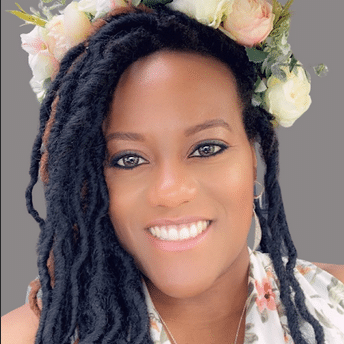Newborn Care and Parenting
A newborn’s 6 states of consciousness and why they’re important

Newborns cycle through 6 states of consciousness—2 are sleep states and 4 are waking states. Observing the external signs of these behavioral states, parents can learn how to understand and align with their baby’s needs and facilitate moving between the states, also known as regulation.
These states are organized around a few key factors:
- Baby’s Physiological needs (fatigue, hunger, wet/poopy diaper, comfort)
- External conditions and stimuli (loud noises, lots of people, bright lights, etc.)
- Interactions (between parent and baby)
Modulation is the infant’s ability to transition smoothly between states and to organize effectively around external conditions. Some infants may have more difficulty with a chaotic environment. For example, they find it difficult to shut their eyes if visual stimulation is overwhelming. Some babies have little tolerance for sensory stimuli and may shut down more quickly or spend less time in a quiet alert state.
A well-modulated baby can respond to social interactions and, with support, can also disengage when over-stimulated. They’re able to be soothed and return to a settled state, move into drowsiness when it’s time to rest, and once asleep, can maintain sustained sleep. Some newborns can do this easily, while others need to learn how to manage these transitions. As a parent, observing how your particular baby responds to the key factors will guide you in how best to support their developing nervous system. It will also change with time. An infant recovering from illness may have less quiet alert periods, spend more time in deep sleep and may be more difficult to wake.
A parent attuned to the states of their newborn creates the foundation that will ultimately lead to a child who is able to self-regulate.
A Baby’s 6 States of Consciousness:
#1. Deep / Quiet Sleep
- Rhythmic breathing
- Eyes closed; little “fluttering”
- Relaxed facial expression
- Little body movement
- Does not respond to stimuli; difficult to wake
- Where memory is integrated
If you lightly raise your baby’s arm, it will drop heavily and baby will not stir or wake. In this state the baby is quiet and you do not need to do anything for them. Now is when you rest!
#2. Light Sleep (REM sleep)
- Most of sleep time is in this state
- Breathing is irregular
- Eyes closed with rapid eye movement, eyelids may “flutter” a lot
- Grimaces, mews, mouths, smiles—lots of expression
- Body may be more active—arms and legs in particular
- May make sounds, cries, gurgles
- Responds to stimuli; more easily aroused
- Cycles back into deep sleep or into waking up
Your baby is in a sleep state. This is a time to stay curious and pay attention—you may or may not need to do anything for them.
Newborns will spend about 16 hours a day either in the Deep Sleep or Light Sleep states. This will typically be in 1-4 hour stretches of sleep due to the need for a newborn to eat every 2-3 hours.
#3. Drowsy State
- Breathing is irregular
- Eyes are open or closed
- Relaxed facial expression
- Some startling, but less jerky
- External movements or sounds can stimulate or lull to sleep
This is a good time for gentle soothing such as bouncing, rocking, patting, shushing, walking, swaying—often in some combination.
#4. Quiet Alert
- Regular breathing
- Bright eyes, fixed gaze
- Focus on parent; can mimic
- Engaged with environment
- Minimal body activity, body is relaxed
- Stimuli is engaging—bonding time
This is when infants most effectively absorb information. It’s also a good time for feeding.
#5. Active Alert
- Breathing irregular or regular
- Eyes open, but less engaged
- Active face/body
- Sensitive to stimuli
In this state, babies are at their most active. They can be easily become over-stimulated and move into fussiness. They are more sensitive to internal stimuli (I’m hungry, I need my diaper changed, I need to be held) and external stimuli (it’s too loud, too bright, too many people).
Noticing when your baby is moving into an active alert state or towards fussiness, is a perfect time for interventions that work toward slowing them down or moving them back to a quiet alert state.
#6. Crying
- Breathing irregular—jagged with cries
- Eyes open or shut
- Overly stimulated/disorganized
- Can become red or mottled
In this state, your baby will not be receptive to new information or sensations. This is their direct way of asking you for help and you need to respond to them—picking them up, soothing them, changing their diaper, or just holding them.
Crying is often a late sign that baby is hungry—a crying baby may not be able to eat immediately and may need to be soothed before being able to nurse or take a bottle.
This video from WisdomWay shows the infant sleep states.
As a new parent, paying attention moment by moment, day by day to your baby’s patterns and cues, you will come to understand your baby’s sleeping and wake cycles and habits. This awareness will allow you to respond more confidently to their needs.
If you are having a hard time figuring out your baby’s cycles, a postpartum doula is a great resource to support you and your newborn, in figuring one another out!

























